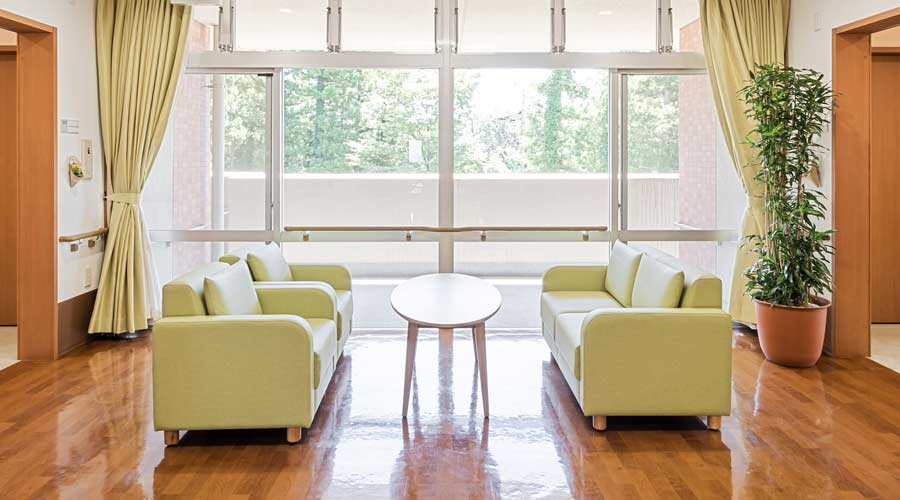
Sometimes, a housekeeper’s heart can be in the right place, but their actions can contribute to health concerns.
For example, Deb Patterson Burdsall recalls a worker in the environmental services department of a skilled nursing facility who cared for their residents so much that they wanted to create a spotless, comfortable, home-like atmosphere. The solution was to raid their own cleaning closet for supplies to use at the facility.
“The housekeeper said the chemicals their employer provided smelled too strong,” recalls Deb Patterson Burdsall, PhD, RN-BC, CIC, FAPIC, manager of infection prevention at Baldwin Hill Solutions LLC in Palatine, Illinois.
She adds that it was a very sweet, human, person-centered thing to do. Unfortunately, it was also contributing to the spread of healthcare associated infections (HAIs) throughout the facility.
“This product had no disinfecting properties, and it was being used in the resident rooms, as well as up and down the halls,” says Dr. Patterson Burdsall.
Dangerous mistakes like this happen all the time in long-term, senior housing. Also called continuing care communities, these facilities encompass a continuum of care environments for an aging population. Housing types include independent living, assisted living, memory care and skilled nursing.
This market is already large, valued at $1100.7 billion in 2022. An aging population combined with medical advancements that allow people to live longer with chronic illness and impairments is driving that growth higher with the market expected to exceed $2168.1 billion by 2032.
Creating environments for seniors to live their best, most active lives is a good thing. But the growth of continuing care communities comes with a growing chance of infections. And even the most spry, vigorous, long-term care residents are inherently at risk.
“As you age, the body loses the ability to muster a robust immune response,” explains Ruth Carrico, PhD, DNP, APRN, CIC, FSHEA, FNAP, adjunct professor, University of Louisville School of Medicine, Division of Infectious Diseases.
Add to that the inherent risks that come with living in a congregate setting. Seniors in long-term care facilities share dining rooms, community spaces and laundry services with everyone else. Residents, visitors and employees come and go, increasing the chance of tracking in nasty germs. Residents also land in the hospital more often, increasing the risk of bringing back a serious bug.
That list of serious threats is long and frightening. The most common is influenza, or cold and flu, which can easily turn to pneumonia in older patients. There is also an alphabet soup of multidrug-resistant organism (MDROs) threats. MRSA, VRE, C.diff, ESBL, and CRE are all serious, but perhaps most concerning is the rise of Candida Auris (C. auris). This fungus, found on skin and throughout the body, kills about one-third of infected people.
“C. auris is spreading rapidly and it’s resistant to multiple anti-fungal drugs commonly used to treat Candida infections, so it’s worrying,” says Dr. Buffy Lloyd-Krejci, CEO, IPCWell, Scottsdale, Arizona and author on the subject of infection prevention in long-term care facilities.
Reducing the risks of infection associated with the care environment lays a lot of responsibility at the feet of the environmental services team. So much so that when it comes to continuing care communities, Dr. Carrico suggests thinking about it as two separate patients — the human patient and then the facility.
“Just like you know your human patient and what that person needs to reduce the risk of infection, you have to think about the building as a patient too,” she insists. “Are the HVAC and plumbing in good working order? What are the surface materials used in the building and are they being properly cleaned and disinfected? What about the relative humidity, the temperature and air flow? The scope of what is needed to care for the building can be overwhelming.”
Caring for the facility can also be expensive, which is why it’s important to outline the needs of the building and advocate for appropriate budgets.
“Overhauling the HVAC in an older building, for example, takes a big investment and is not usually a high priority,” says Dr. Lloyd-Krejci. “But we need to start focusing on it more.”
The right building materials also play a role in preventing HAIs. Surfaces in older buildings may be scratched or damaged, making them harder to successfully disinfect. Carpeting and other soft surfaces are homey, comfortable, but can also be nearly impossible to disinfect.
Practice Helps Progress Against HAIs

 Celebrating BSCAI's 60th Anniversary eBook
Celebrating BSCAI's 60th Anniversary eBook The Down and Dirty on Cleaning in Virus Season
The Down and Dirty on Cleaning in Virus Season How Surfactant Use is Expanding in Commercial Cleaning
How Surfactant Use is Expanding in Commercial Cleaning